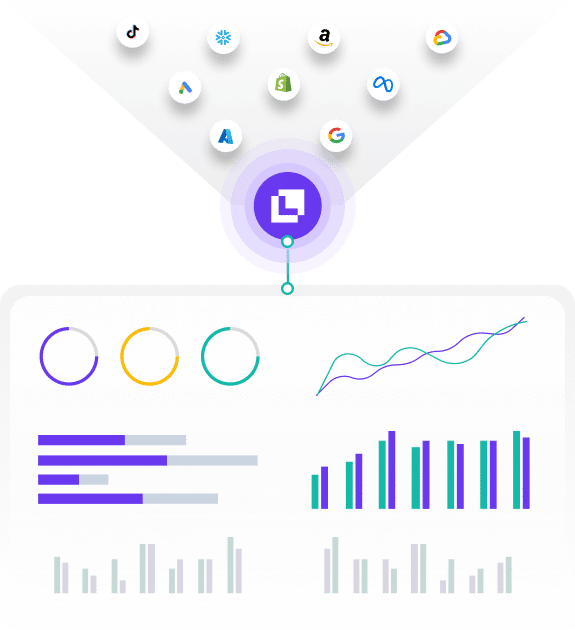What is Multi-Touch Attribution Reporting?
MTAR is a sophisticated model used in digital marketing to evaluate the value of each customer touchpoint leading to a conversion. Unlike traditional methods, multi-touch attribution does not assign all the credit to the last click before a purchase. Instead, it acknowledges other interactions the customer had with the brand before the final transaction. By doing so, it helps marketers understand how various marketing channels, campaigns, and interactions contribute to sales and conversions.
Formula
While there is no specific formula, various models under multi-touch attribution divide credit differently amongst touchpoints. For instance, the ‘linear’ model divides credit equally among all touchpoints. ‘Time-Decay’ model grants more credit to the touchpoints closer to the conversion. ‘U-shaped’ ascribes more credit to the first and last interaction, and the rest to the intervening touchpoints.
Example
Let’s say a customer interacts with a brand via email campaign, Google Ad, and finally an Instagram ad before making a purchase. In a linear model, each touchpoint (Email, Google Ad, Instagram Ad) will get 33.3% credit for the sale.
Why is MTAR important?
- Enhanced understanding of customer journey: It provides holistic insight into multiple touchpoints and their influence on conversion, poor performing channels, and return on investment (ROI).
- Better marketing budget allocation: By identifying most successful marketing channels, businesses can allocate marketing budget efficiently.
- Improved customer experience: By understanding customer interaction across channels, brands can deliver a seamless and customized experience to customers.
Which factors impact MTAR?
Improving Multi-Touch Attribution Reporting requires clean data, effective technology, and analytics skills. Businesses should ensure that their systems capture all touchpoints properly, and they should leverage technology like AI or machine learning to process and analyze data accurately.
How can MTAR be improved?
Several factors like marketing channels, customer behavior, external factors like market trends, competition, etc., can impact Multi-Touch Attribution Reporting.
What is MTAR’s relationship with other metrics?
MTAR directly affects other key ecommerce metrics like Customer Acquisition Cost (CAC), Customer Lifetime Value (CLV), ROI, and others. An effective MTAR can lead to lower CAC, higher CLV, and improved ROI as it allows better allocation of marketing resources and personalized customer experience.
Free essential resources for success
Discover more from Lifesight
















